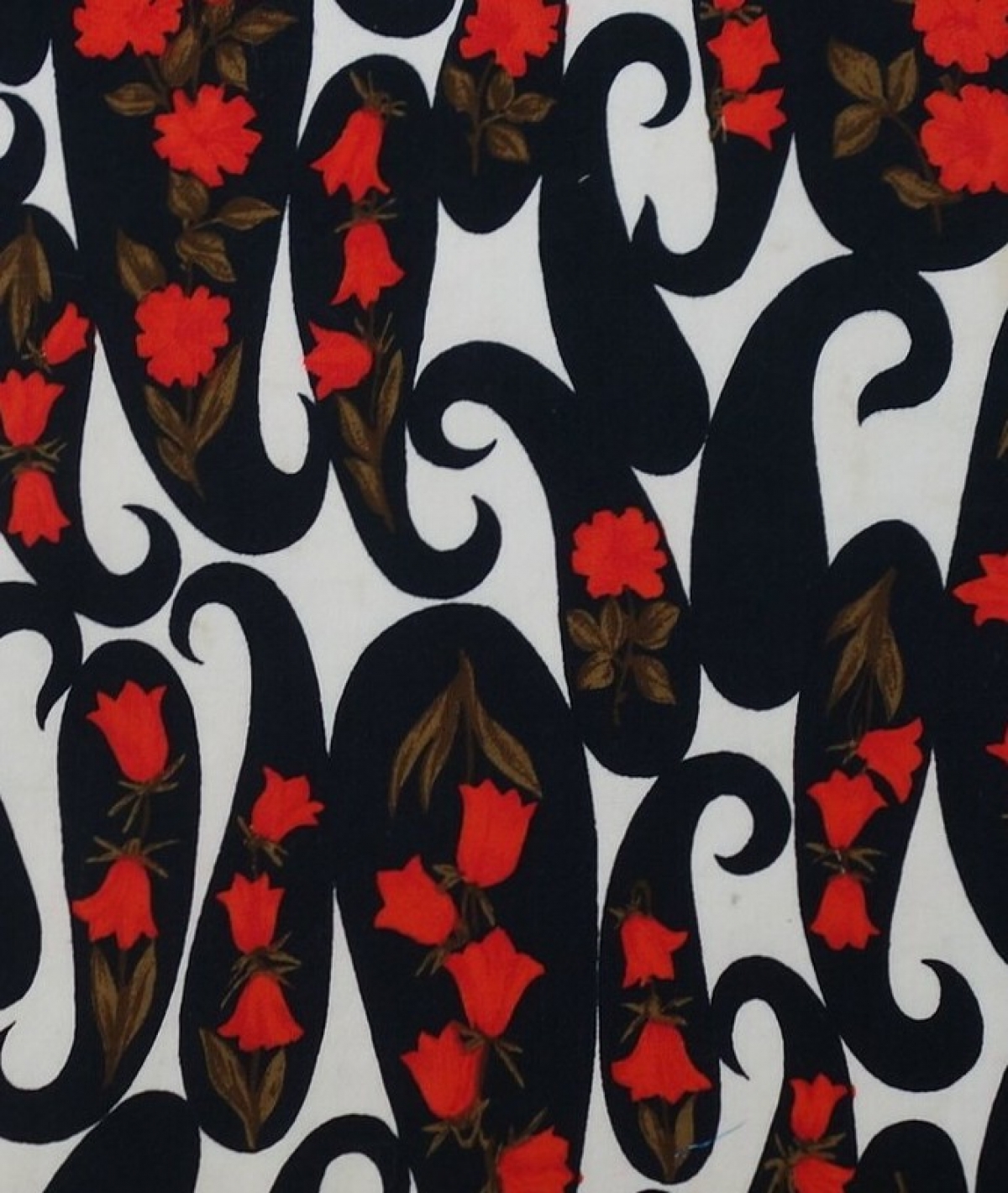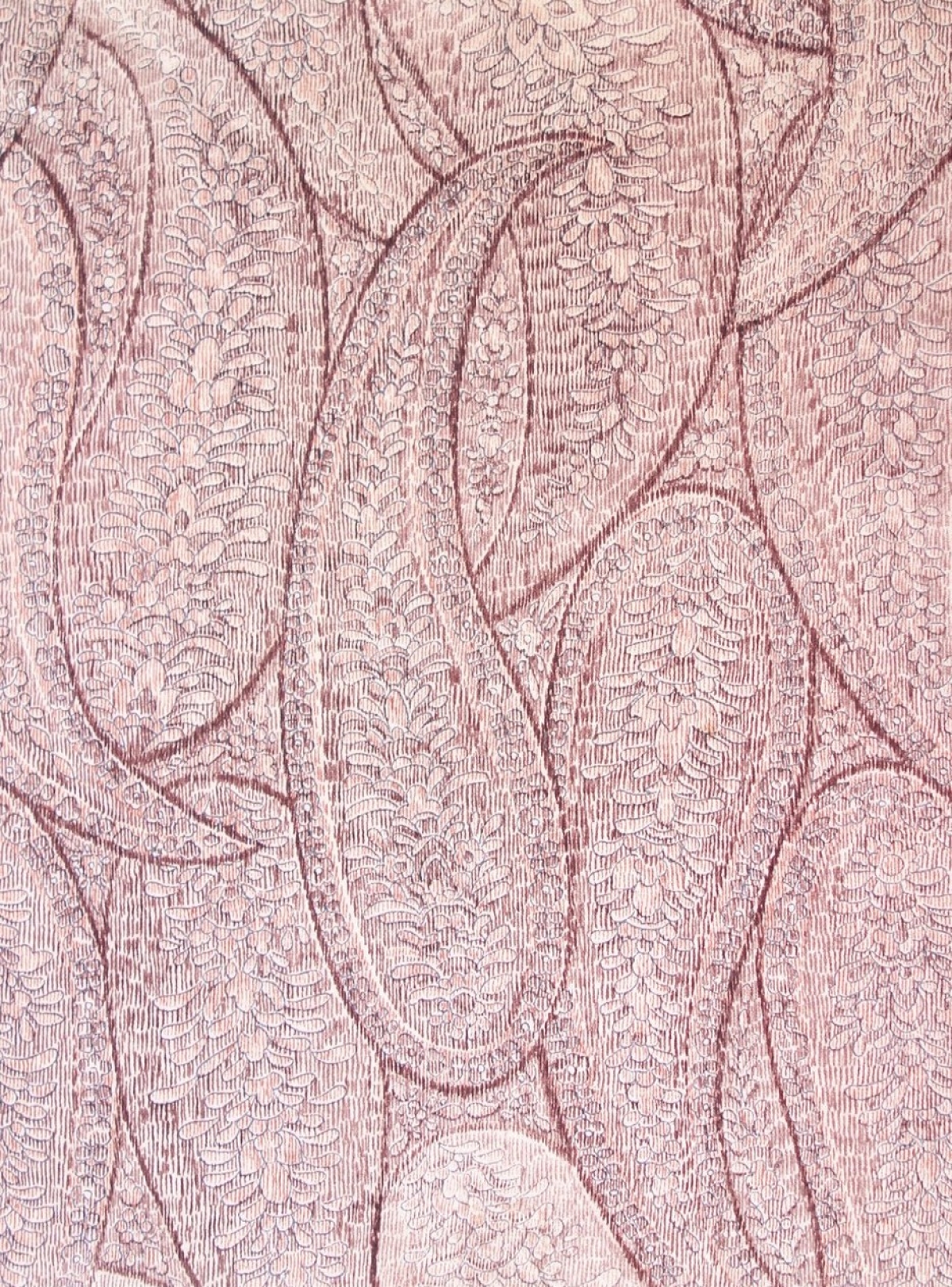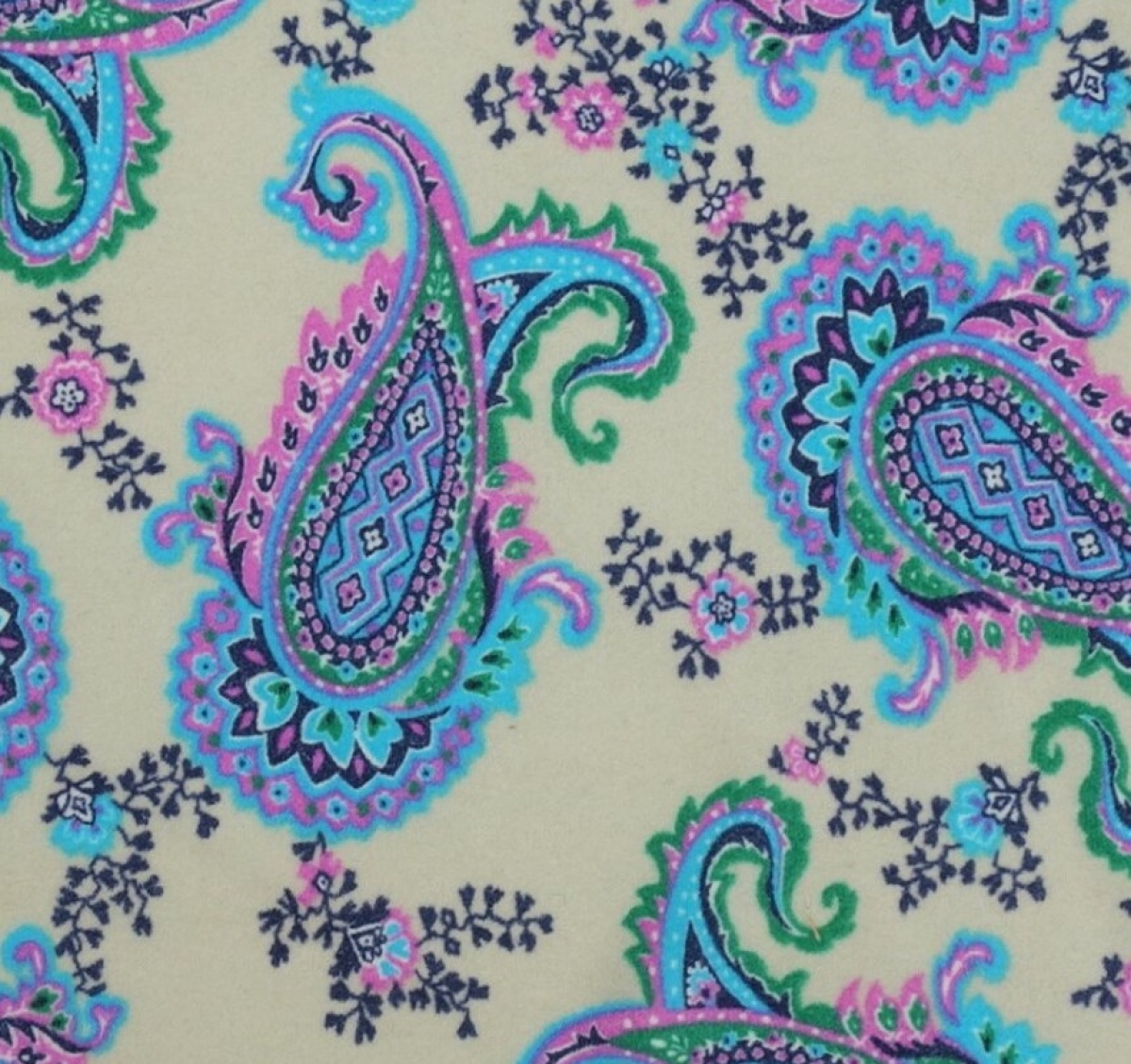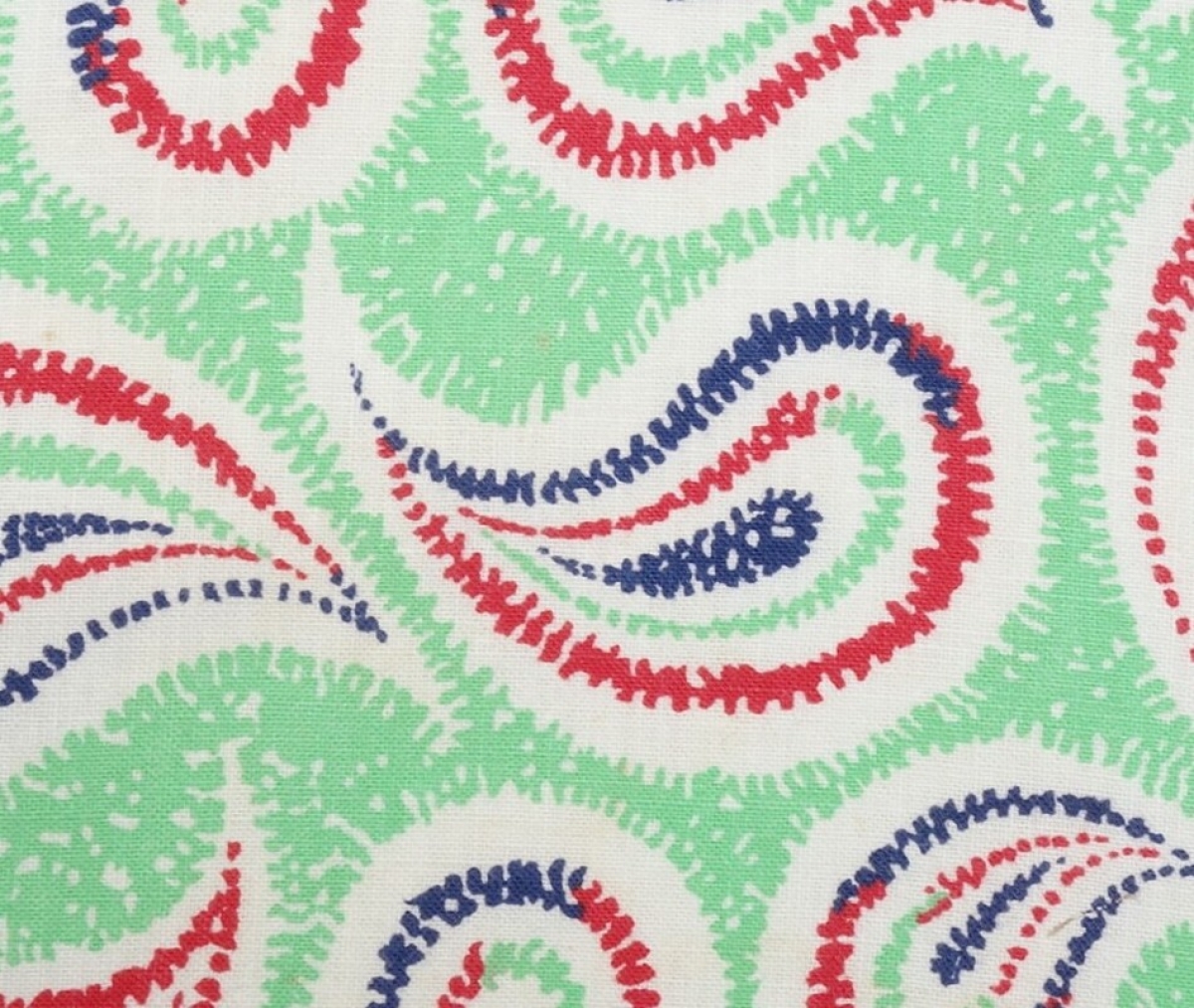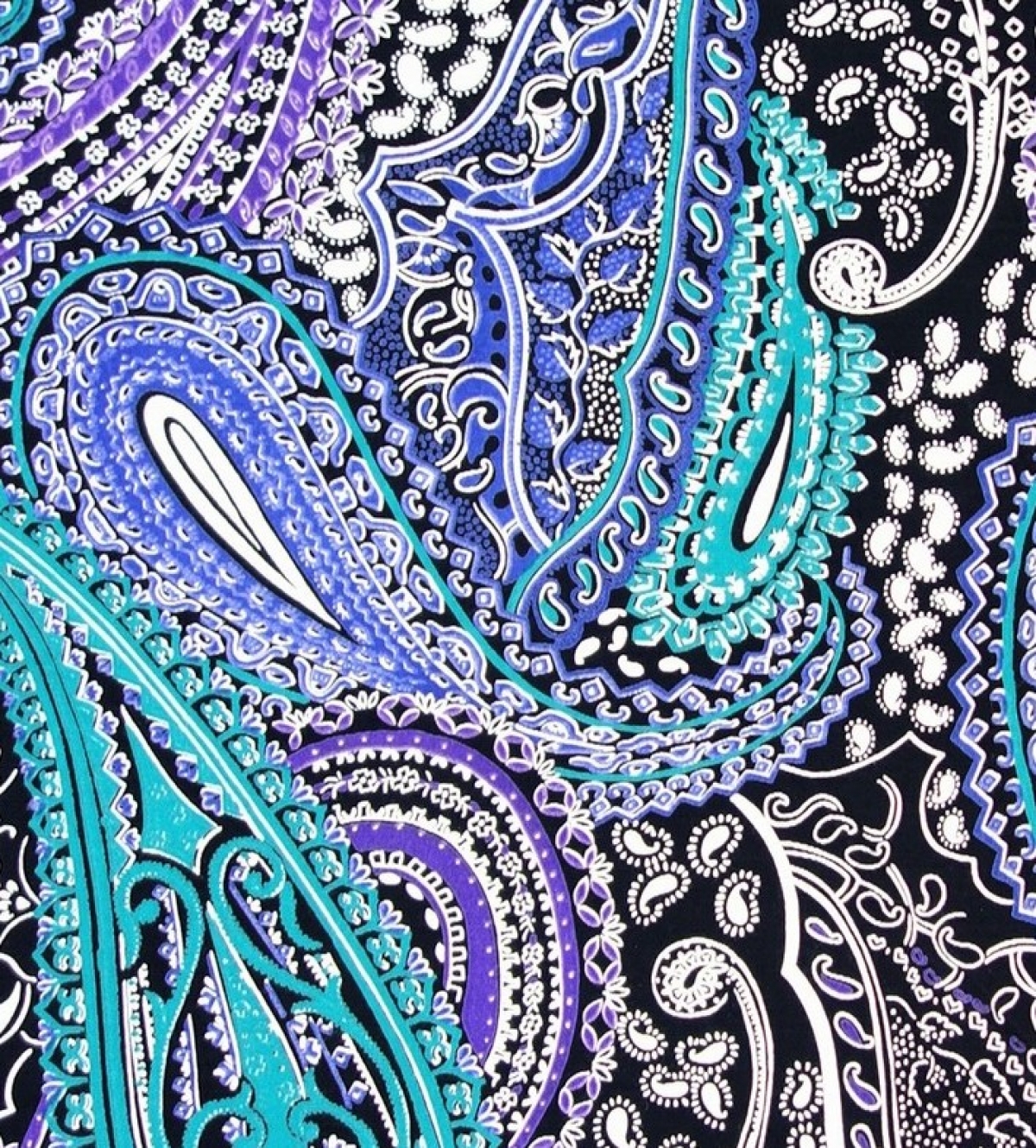From Buteh To Paisley
From Buteh to Paisley: The history of a global icon
We all know the motif, that cone-shaped curvy form which is so pleasant to look at and feels so peaceful. The eye is taken from the side to the top and down again, all with a feeling of balance. It is so well-known that it is generally accepted as just being one of those patterns that have always been there.
But does anyone ever think about its origins, and why it is so popular all over the world? If they do, they would soon find out that there is more to this ‘simple’ motif than meets the eye.
This TRC Leiden exhibition explores the history of the paisley motif, its ancient origins and its development to the present day. It also looks at how it is currently used for a wide variety of textiles and garments all over the globe.
0. Cover page
The present online exhibition is based on an onsite event that was opened in March 2021 in the gallery of the Textile Research Centre, Leiden, the Netherlands. Because of the…
1. Introduction
We all know the motif, that cone-shaped curvy form which is so pleasant to look at and feels so peaceful. The eye is taken from the side to the top…
2. But what is paisley?
The paisley motif is a curved, tear-shaped design, which has become a classic form used in many countries throughout the world. It has been described, for example, as a ‘particular…
3. History of the paisley motif
There are various theories about the early history of the paisley/buteh motif. It would appear that it originated in Iran during the early first millennium AD. At this date it…
4. The world of paisley
The spread of the paisley/buteh motif around the world is closely connected with the vast trade in textiles from India which has been carried out for at least 2,000 years. From…
5. Kashmir and paisley shawls
The paisley shawl originates in Kashmir, India, and in particular among the shawls being woven and sometimes also embroidered in the 18th century for the Mughal court of India and…
6. Paisley and European regional textiles and dress
Given the popularity of the motif it is not surprising that it can be found on various forms of European regional dress. It occurs on Russian headcoverings and shawls for…
7. Some Western paisley variations
Over the centuries, various forms of the paisley motif have developed in the West. In particular throughout the 20th century, the paisley motif has been creatively transformed accordingly to the…
8. Paisley for all
One of the features of the paisley motif is its versatility. It can be worn on any occasion and in any place or occupation. It can also come in a…


